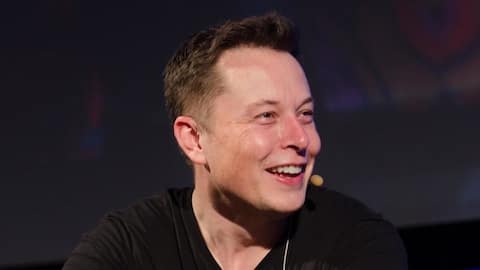Around-the-world in 30 minutes: Musk proposes city-to-city travel by rocket
What's the story
Speaking at the International Astronautical Congress in Adelaide, Australia on Friday, SpaceX CEO Elon Musk not only elaborated his Mars mission plans but also explained how he planned to finance the massive mission.
Musk's revised plans include launching unmanned Mars missions by 2022, a manned mission by 2024, and creating a superfast, planetary rocket-based transport system which would connect all major cities on Earth.
Instagram Post
What did Musk say?
Background
Musk is plugging the loopholes in his earlier plans
Musk had laid out his plans for realizing his dream of colonizing Mars at the same conference last year.
He had, in that conference, explained the engineering aspects of the ambitious colonizing mission, detailing the technical requirements for the same.
However, Musk had failed to explain how SpaceX, still a modest company in terms of size and revenue, could finance such an undertaking.
The BFR
Meet the Big F**king Rocket
Musk's revised Mars colonization plans involve a slightly smaller rocket than the one he had envisioned last year.
The new interplanetary transport system, codenamed the Big F**king Rocket, would be able to lift 150 metric tonnes to low earth orbit or carry a spaceship with about 40 cabins sheltering 100 people.
Musk said that SpaceX had already started working on the system.
Colonization
The tentative timeline for Musk's Mars colonization plans
According to Musk, SpaceX would complete the BFR for launch within five years.
The BFR would launch at least two unmanned cargo ships to Mars by 2022, which would find the best sources of water, and place mining, power, and life-support infrastructure on Mars.
Subsequently, four ships carrying colonizers would be launched around 2024.
But what about finance? Let's find out.
Finance
Musk: Flying around the world in rockets wouldn't cost much
Musk's plans to finance the Mars mission will be nothing short of extraordinary, if realized.
They include downsizing the BFR for several Earthly tasks.
Musk envisions that the BFR, when downsized, can reduce travel times within distant major cities to around 30 minutes. Tickets would cost the same as international flights today.
The modded BFR could also be used to clean up space junk.
